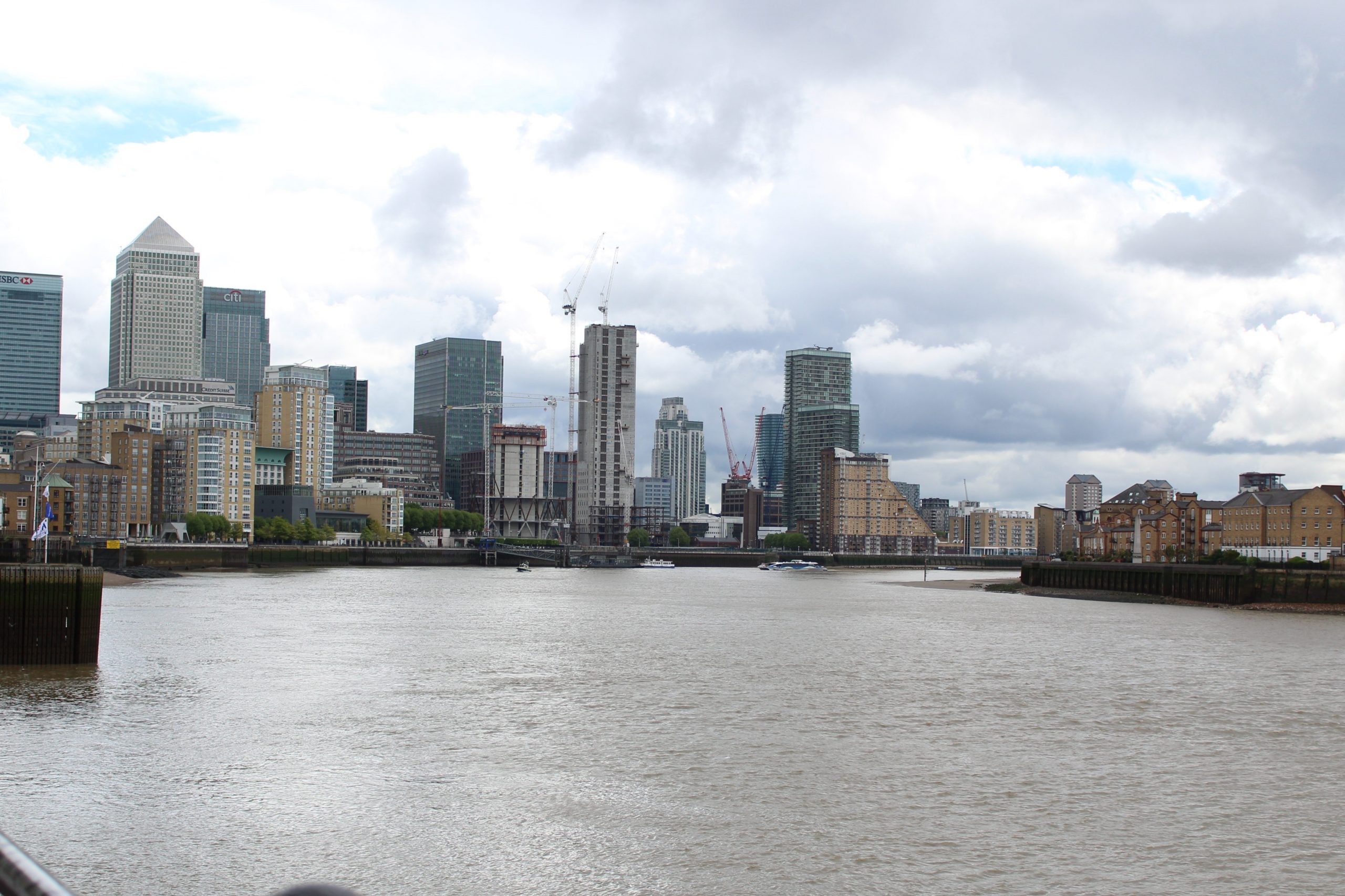Lower Thames Crossing update

Following the announcement of the preferred option of Route C by the Government, highways England consulted on The Lower Thames Crossing between October and December 2018.
The Lower Thames Crossing will have:
· Approximately 14.5 miles (23km) of new roads connecting the tunnel to the existing road network
· Three lanes in both directions with a maximum speed limit of 70mph
· Improvements to the M25, A2 and A13, where the Lower Thames Crossing connects to these roads
· New structures and changes to existing ones (including bridges, buildings, tunnel entrances, viaducts and utilities such as electricity pylons) along the length of the new road
· Two 2.5 miles (4km) tunnels, one for southbound traffic, one for northbound traffic crossing beneath the river
· A free-flow charging system, where drivers do not need to stop but pay remotely, similar to that at the Dartford Crossing
The benefits of the crossing are cited as:
· Boost to the economy
· Quicker journeys
· Creating a better future
· Provide benefits for local communities and the economy for generations to come
· Support local growth
The route is split into three sections:
· South of the river in Kent – M2/A2 junction
· The crossing
· North of the river and south of the river in Kent – M2/A2
The A2 will remain as four lanes in both directions with hard shoulders throughout. The M2 will be widened from three lanes to four in both directions through junction 1.
Two one-way link roads will be provided north and south of the A2, connecting to the existing A289 and the old A2 at the eastern end. Neither of these link roads will connect to the A2 at M2 junction 1, with these connections being made at the site of the new LTC junction instead.
The A2 will be kept at its existing height and the link roads will be at approximately the same height. A section of the M2/A2 immediately to the west of the new junction will need to be built and for approximately 2 miles (3.5km) to the east, including junction 1 of the M2.
The route will pass under Thong Lane and approach a new junction with the A2, situated at the eastern edge of Gravesend. The road will be in a cutting approaching the tunnel.
On the southern section, the tunnel will pass under the:
· A226
· Lower Higham Road
· Thames and Medway Canal
· North Kent railway line
· Thames Estuary and Marshes Ramsar site
· South Thames Estuary and Marshes Site of Special Scientific Interest (SSSI)
· Metropolitan Police Service Specialist Training Centre at Gravesend
· The Crossing
North of the river in Thurrock and Essex
On the northern section, the tunnel will pass under the East Tilbury Marshes and cross through Tilbury, Chadwell St Mary, Linford, Orsett and Ockendon. There are four smaller areas to describe the route, which are:
· Tilbury junction & A13 junction
The crossing will pass through West Tilbury, Linford and Chadwell St Mary to approach a new junction layout between the Lower Thames Crossing, A13 and A1089. It will be located at the site of the existing junction between these roads to the west of Orsett
· LTC and M25 junction
The route would continue across the Mardyke river and Golden Bridge Sewer. It would then connect with the M25. The junction with the M25 will be located just under two miles (3km) south of junction 29 on the M25, near Ockendon Road
· M25 junction 29
Beyond the northern section of the Lower Thames Crossing, improvement and modification works will also be needed at junction 29 on the M25 and to the north of junction 29. It is likely to take around six years to build the tunnel and is estimated that the cost of building the crossing will be between £5.3-£6.8 billion.
The crossing will operate on a free-flowing e-charging system, similar to the Dart Charge.
One of the Lower Thames Crossing’s targets is that no-one should be killed or seriously injured on the new route by 2041.
Timeline
Formal pre-application commenced in October 2018 for 10 weeks. In 2019, a Development Consent Order will be submitted and the planning inspectorate has 28 days to make a decision as to whether the DCO can proceed. Pre-examination of the application and examination is proposed for late 2019 with a recommendation and decision made in 2020.
On the basis of the timeline, it is predicted that the crossing will be open to traffic in 2027.
Contact us today if you wish to discuss any of the topics that we raise or for more information about our services.





